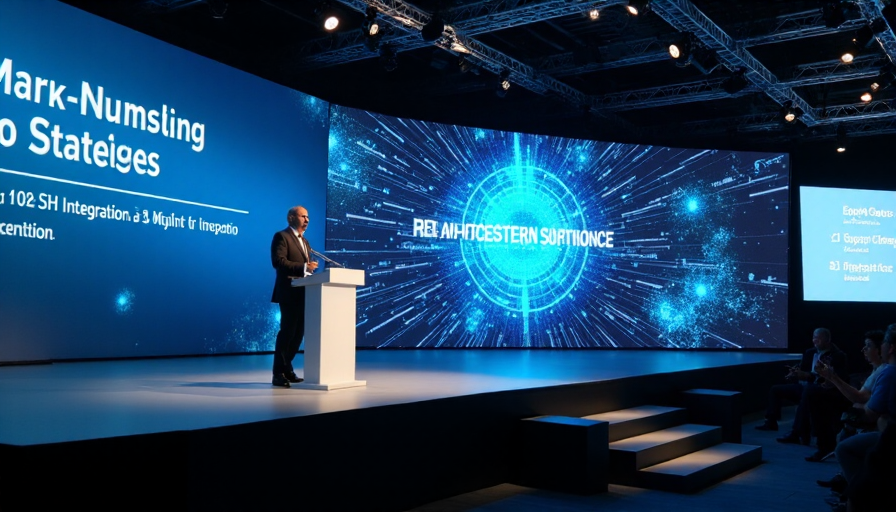
Navigating AI in Manufacturing: Challenges and Opportunities
In an era marked by fierce global competition and rapidly evolving customer expectations, the manufacturing sector is turning to artificial intelligence to stay ahead. At AI Expo 2025, Kay Li, the vice president of WiAdvance, shed light on the hurdles companies face as they integrate AI into their operations.
A Shift in the Manufacturing Landscape
Manufacturers are increasingly embracing AI to drive efficiency and innovation. With clients demanding higher quality and speed, the pressure to modernize is more significant than ever. Kay Li emphasized that the move towards AI is not just about keeping pace with competitors—it is an essential step to transform traditional manufacturing processes into agile, technology-driven operations.
Key Challenges Identified
Despite the optimistic outlook, many companies are experiencing unexpected setbacks. Some of the critical challenges highlighted include:
- Integration Complexity: Merging AI systems with legacy manufacturing equipment can be a daunting task, often requiring extensive modifications and upgrades.
- Skill Gap: The shortage of expertise in both AI and manufacturing technologies complicates the smooth implementation of new solutions.
- Uncertain ROI: Many firms struggle to see immediate returns on their AI investments, leading to skepticism about future benefits.
These obstacles reveal a broader challenge—a gap between the high expectations of AI and the current capabilities of its implementation in industrial settings.
Looking Ahead: The Future of AI in Manufacturing
While the road to successful AI adoption might be fraught with challenges, industry leaders like Kay Li remain optimistic. They advocate for a strategic approach that involves pilot projects, gradual integration, and continuous learning to bridge the gap between aspiration and reality. The insights presented at AI Expo 2025 offer a roadmap for manufacturers willing to adapt and innovate in an increasingly digital world.
For those interested in a deeper dive into these findings, further details are available through a subscription to the full report.
Note: This publication was rewritten using AI. The content was based on the original source linked above.